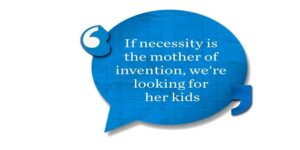
Employee Engagement: Say It Like You Mean It #TChat Recap
New research indicates that employees tend to love their employers — but don’t feel it in return. What can we do about that? The #TChat crowd weighs in

New research indicates that employees tend to love their employers — but don’t feel it in return. What can we do about that? The #TChat crowd weighs in

How would you describe your ideal employer? Here’s one factor that many job seekers overlook — but it has potential to make all the difference.

After years of working closely with leaders in every kind of organization, Ted Coine opens up about a missing piece in the leadership toolkit.

We all have unique talents and a purpose. How can we create harmony between these defining characteristics and our professional pursuits?

What does it take to meet top tech talent on today’s terms? Kevin Grossman weighs in after Dice exchanges insights with the #TChat crowd

What sets great employers apart? And what can other organizations learn from the best? Join a timely and important #TChat conversation this week

Want loyalty and engagement from your employees? If you’re a leader, the best place to look for solutions may be in your own leadership style

Why is social learning suddenly such a hot business issue? Consider three fundamental facts…

Does talent acquisition seem like a vicious cycle at your company? For sustainable results, try an approach that integrates 3 elements

Does your organization have extraordinary contributors who need to be led in a special way? How can you motivate them to perform at their peak, for the benefit of all?